February 11, 2015 marks five years in space for NASA's Solar Dynamics Observatory, which provides incredibly detailed images of the whole sun 24 hours a day....
Get Started for FREE
Sign up with Facebook Sign up with X
I don't have a Facebook or a X account
 Your new post is loading... Your new post is loading...
 Your new post is loading... Your new post is loading...

Dr. Helen Teague's curator insight,
December 23, 2014 9:28 AM
especially good at about 6 minutes in... see also the trainugly.com website

María Dolores Díaz Noguera's curator insight,
December 4, 2014 6:20 AM
Explorando ... la curiosidad Como una impor clave..Building Curiosity - YouTube | @scoopit via @BethDichter http://sco.lt/... 
Sally Wyatt's curator insight,
August 3, 2017 8:47 AM
What if curiosity is the most powerful thing you own?

o p's curator insight,
November 10, 2014 4:35 AM
Faire vivre aux clients le fameux effet WAHOUUU! nécessite de l'empathie et de la créativité... et du temps pour les personnes qui les accompagnent.

Chris Hua's curator insight,
February 9, 2018 10:10 PM
SAMR explanation in the perspective of the student 
Chris Hua's curator insight,
February 9, 2018 10:20 PM
SAMR explanation in the perspective of the student

Willem Kuypers's curator insight,
October 13, 2014 6:24 AM
Entièrement d'accord. Entre autre pour la pensée critque par rapport aux informations reçues. 
Tony Guzman's curator insight,
October 13, 2014 11:52 AM
This short video presentation challenges educators with the question: What is 21st century education? 
Audrey's curator insight,
October 15, 2014 3:22 PM
All this is true so where do we start? Children do not start learning when they go to school. They start learning the moment their eyes open. Parents can help their children activate their brains and create fantastic neural networks. All children can encompass all the different styles of learning; Visual:; Auditory; Verbal; Kinaesthetic: -Using touch and taste to explore the information; Logical: a mathematical approach to concepts; Interpersonal -Learning in groups; Intrapersonal - Learning alone. Try some of the early learning from home school resources. curating for http://www.homeschoolsource.co.uk

AffiliateMarketHelp's curator insight,
October 5, 2014 11:30 PM
Am anxiously awaiting for a response from them; I want this tool! A cloud-based, easy to use animated video making app...drag 'n drop! Although not out yet, I have signed up for it.....more exciting than Iphone 6!!!!!

Rosemary Tyrrell, Ed.D.'s curator insight,
July 22, 2014 9:51 PM
A good overview on the available tools to make video interactive. 
Alfredo Corell's curator insight,
July 23, 2014 7:38 AM

Becky Roehrs's curator insight,
July 23, 2014 10:31 AM
Excellent round-up of tools we have available to update our videos with voiceovers, notes, pop-ups, screenshots, maps, and references!

Maryalice Leister's curator insight,
May 24, 2014 9:08 AM
Teachers accept the responsibility for instilling digital literacy in their students of any age. It is not a skill young people should attempt to learn on their own as it is more complicated than it appears.

LibrarianLand's curator insight,
April 24, 2014 2:38 PM
Slick but effective video illustrating the difference between a fixed, less conducive to learning mindset and the more open, growth-oriented type of outlook.

Deborah Rinio's curator insight,
March 24, 2014 12:56 PM
SCIENCE TEACHERS: WATCH THIS VIDEO! This is a great video that explains what students gain from watching videos dealing with science concepts. Watch this and use the information to choose great videos. Or add components to the videos you already watch to help make sure your students will learn. 
Raquel Oliveira's curator insight,
March 28, 2014 11:38 AM
5 maneiras para aumentar a chances de aprendizagem por meio de videos. O comparativo é feito com videos da Kahn Academy . Great reserach ! 
AMPA Santa Teresa. 's curator insight,
March 31, 2014 7:41 AM
Aquest vídeo et pot sorprendre amb el que els estudiants aprenen (o no aprèn) quan miran vídeos. Si eres mestre, si estàs creant vídeos per a estudiants o tal vegada utilitzes els d'altres, agafeu temps per mirar aixo. |
María Luisa Meza's curator insight,
December 9, 2014 11:08 PM
Video para los desafíos de la educación en el curso de docencia en línea. 
Tina Jameson's curator insight,
December 14, 2014 6:48 PM
When so many new technologies promise to transform education - what role is left to the teacher? Why is the teacher still important? This powerful clip effectively presents compelling arguments for the importance of teaching students in a 'social' classroom setting - with reference to 'how' students learn; making the best of all types of tools to aid what goes on 'in the student's head'.

Mel Riddile's curator insight,
November 3, 2014 8:59 AM
Here is a video that may help your students understand the following terms: * Personification * Alliteration * Assonance * Hyperbole * Onomatopoeia * Metaphor * Simile
Gary Harwell's curator insight,
August 20, 2014 2:17 AM
Instead of putting on a video and relaxing, why not put in a quiz or some questions.......

Randy D. Nichols's curator insight,
August 5, 2014 2:00 PM
What the Flip? (A simple explanation of an education trend.)

Keith Hamon's curator insight,
November 19, 2014 1:47 PM
This is a sensible approach to flipping your classroom, one lesson at a time.

malek's curator insight,
May 5, 2014 8:49 AM
“We don’t even know if anyone is listening, 
Michelle Gilstrap's curator insight,
May 5, 2014 2:46 PM
This is a great reminder to put down our phones and computers and relate to life. It is short, but impactful

Lisa Simmons's curator insight,
April 3, 2014 4:11 PM
I love listening to these amazing and inspirational TED Talks! |





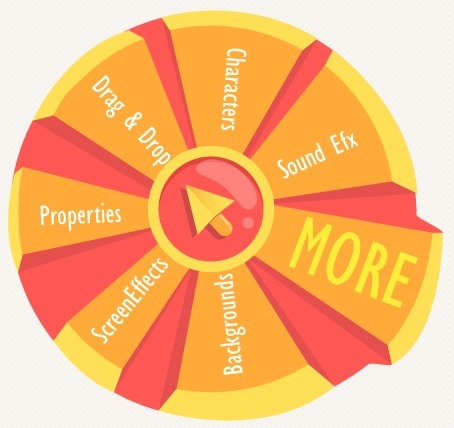
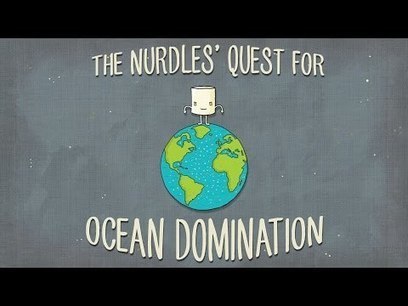

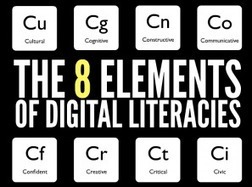



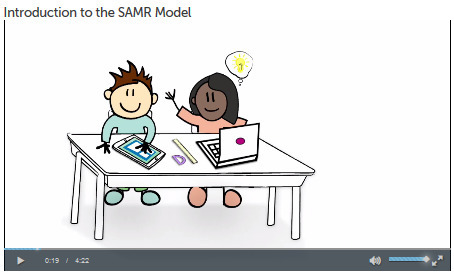



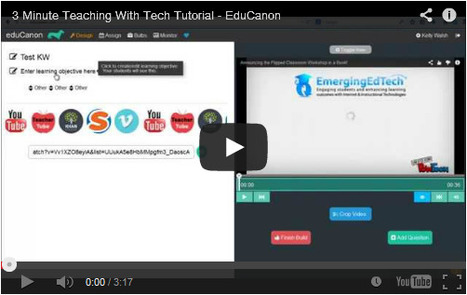
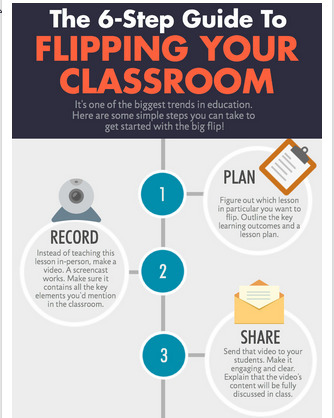
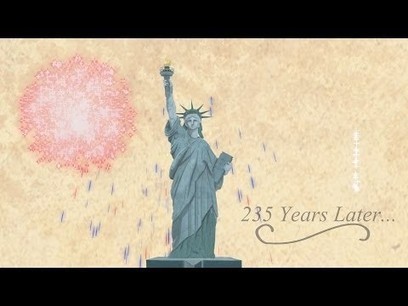







This video may change the way you view the sun. For the last five years NASA's Solar Dynamics Observatory (SDO) has been taking images of the sun and this video provides views that are breath taking. I have shown this video to students from kindergarten through grade 7 and all want to see it again. There are amazing images with music, and very few words. Try to find five minutes in your day to watch this, and chances are you will find yourself forwarding the link to others.
Quoting from NASA "Watch the movie to see giant clouds of solar material hurled out into space, the dance of giant loops hovering in the corona, and huge sunspots growing and shrinking on the sun's surface."